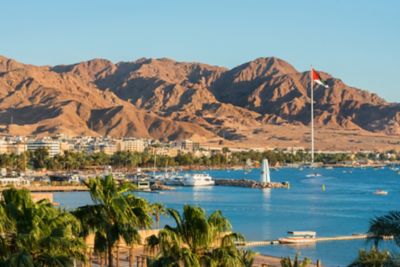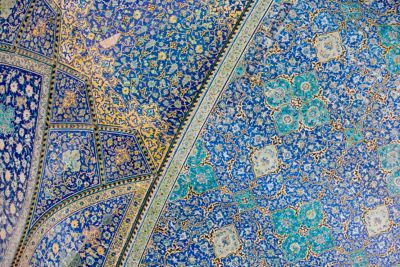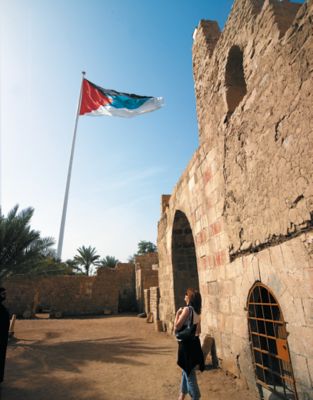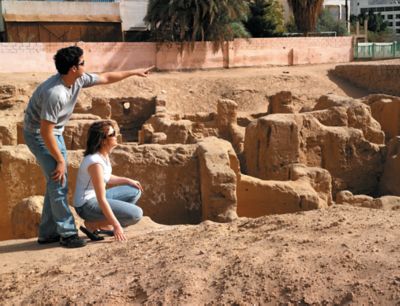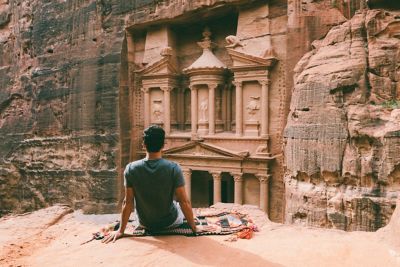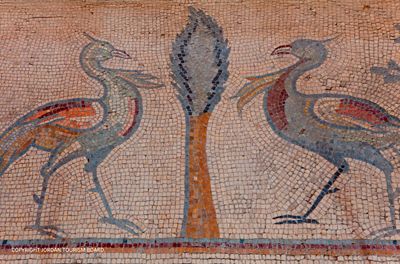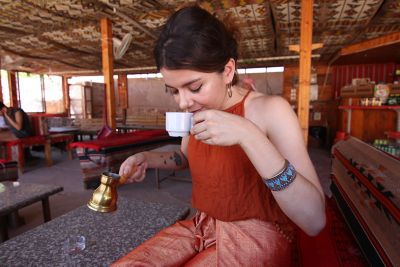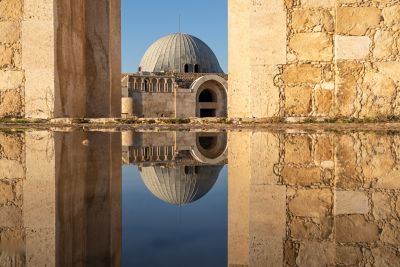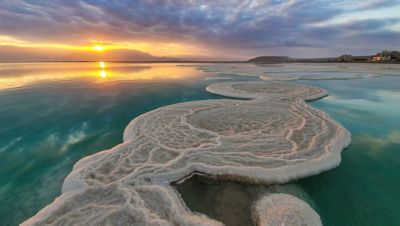Jordan's best-known tourist attraction, Petra, is one of the great wonders of the Middle Eastern world - a city that was carved straight into solid rock. It unfolds grandly after a two kilometre (1.2 mile) walk through a very narrow chasm adding to its mystery and grandeur. Built during the 5th and 6th centuries BC, Petra is the ruined capital of the Nabatean Arabs. Its immense façades were lost for almost 1000 years until they were rediscovered by the Swiss traveller Johan Ludwig Burckhardt in 1812. Today, there are still many sites to see including the el Khazneh (The Treasury) monument, which is a giant tomb carved out of rock, the Temple of the Winged Lions, the al-Deir (Monastery) and the small Archaeological Museum, which displays artefacts found at Petra during the 19th and 20th centuries.
- Open daily from 6.00 am
- Evening candlelight experiences
- Tickets for one, two or three days
